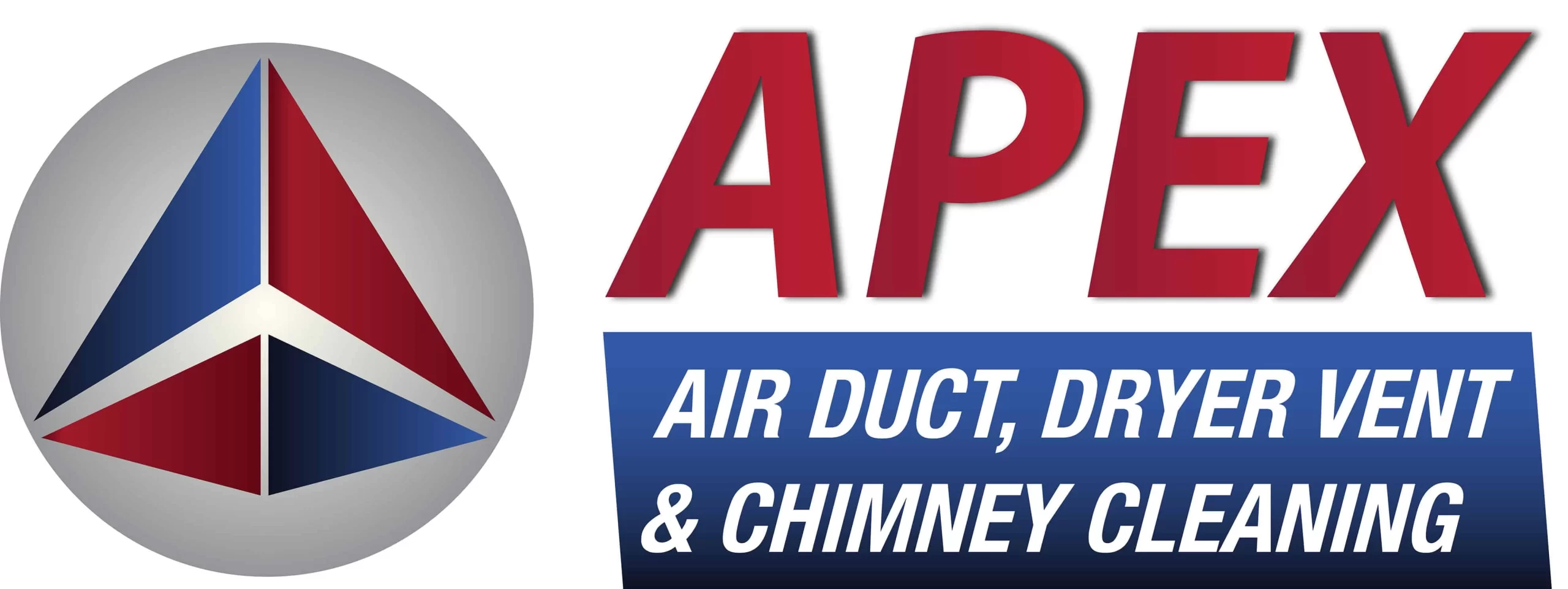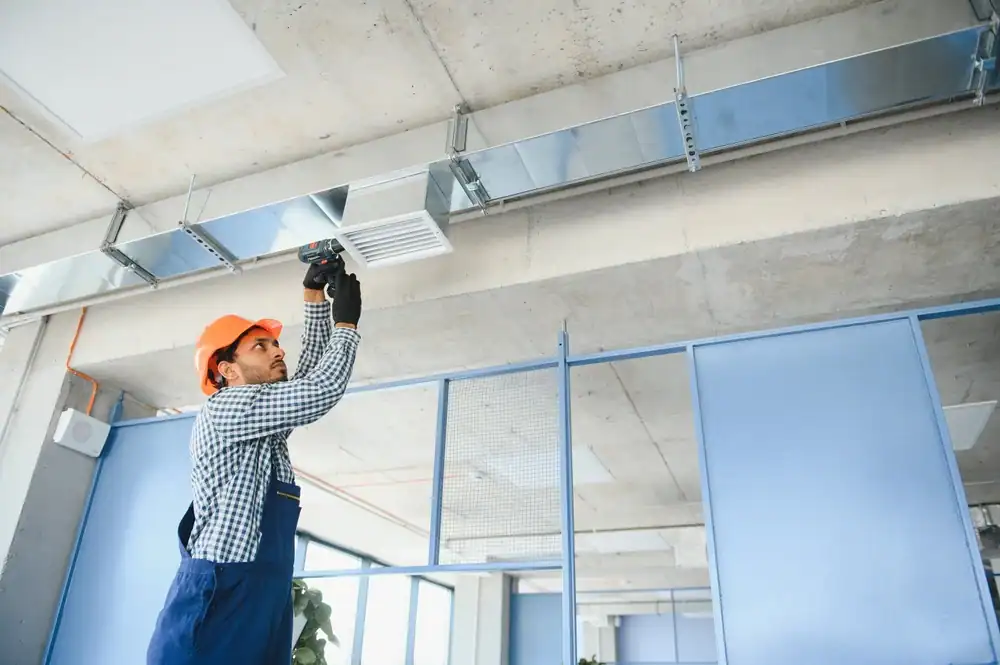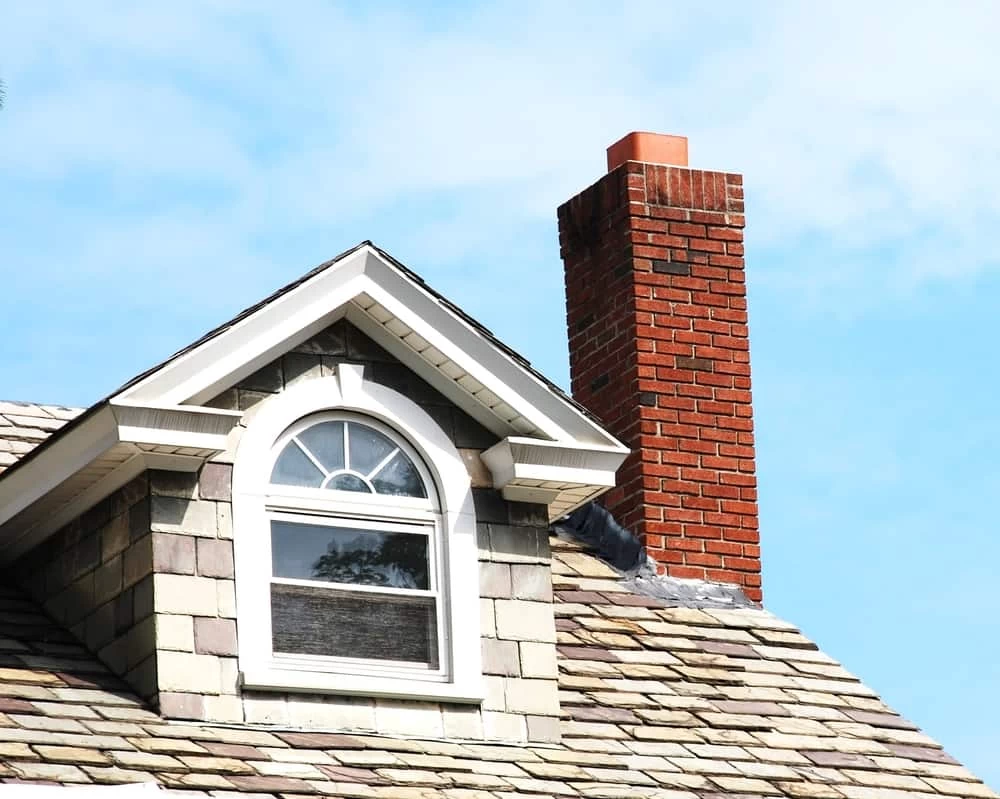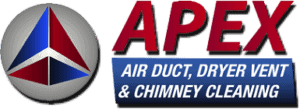Summary:
Why Spring Is Prime Time for Chimney Cleaning in New Jersey
Spring offers the ideal window for chimney maintenance, and there’s solid reasoning behind this timing. Our crews have more availability during spring and summer and can more likely accommodate your busy schedule, with the best time being right after you finish using your fireplace for the season.
New Jersey winters cause chimney damage across the state, making springtime inspections essential for identifying cracked bricks, crumbling mortar, and other signs of masonry damage. What you can’t see from the ground often tells the real story of what winter did to your chimney system.
The technical aspects matter too. Mortar materials need to cure properly in dry, warm conditions, which makes spring and early summer the optimal seasons for any necessary repairs. Waiting until fall means competing with everyone else who suddenly realizes their chimney needs attention before the heating season begins.
What Winter Does to Your Chimney System
Every fire you enjoyed this past winter left something behind. Creosote builds with use then catches fire during strong updraft conditions, with dry flakes igniting quickly within narrow spaces causing sudden roaring flames. This isn’t just a cleaning issue—it’s a safety concern that grows more dangerous with each use.
Soot layers grow quietly then cause trouble during cold months without warning, requiring careful upkeep to stop small faults before costly damage reaches living spaces. The challenge is that this buildup happens gradually, so you might not notice the problem until it becomes serious.
New Jersey’s freeze-thaw cycles add another layer of complexity. Deteriorating mortar exposes masonry to water intrusion, and when water gets inside masonry and freezes, it expands, causing inevitable problems. What starts as minor mortar deterioration can quickly become expensive structural repairs if left unchecked.
Beyond the visible damage, there are hidden issues that only trained professionals can spot. Tall stacks sway during storms which loosen joints around liners, while frost cycles widen gaps that invite sparks toward framing cavities. These aren’t problems you can DIY—they require professional assessment and repair.
The good news is that spring cleaning addresses these issues before they compound. The purpose of a chimney inspection is to spot damage and malfunction as early as possible before it progresses into a dangerous operating situation. Early detection saves money and prevents the kind of emergency repairs that nobody wants to deal with.
Professional Soot Removal: More Complex Than It Looks
Soot removal isn’t a job for weekend warriors with shop vacuums. Microscopic soot particles can enter the lungs upon inhalation, ingestion or through the skin and eyes, and can lead to respiratory problems, bronchitis, coronary heart disease, or even cancer. This makes proper protective equipment and professional techniques essential.
Soot includes fine black particles composed of carbon produced by incomplete combustion, but can also consist of acids, chemicals, metals, soils, and dust, with particles extremely tiny at 2.5 micrometers or smaller in diameter. That’s about 1/30 the diameter of human hair, which explains why it penetrates so deeply into your home and your lungs.
The removal process requires specialized equipment and techniques. Professional cleaning uses specialized brushes, vacuums, and EPA-approved products to remove all creosote buildup, soot, debris, and blockages from animals or nesting materials, with every surface from the firebox to the chimney crown getting thoroughly cleaned.
One of the most hazardous conditions occurs when someone doesn’t feel there was enough soot to clean up or didn’t clean it correctly, leaving occupants with a false sense that everything is good while they’re actually living in a contaminated home. Professional cleaning eliminates this risk by ensuring complete removal and proper decontamination.
The health implications extend beyond immediate exposure. Data shows that soot annually causes almost 300,000 asthma attacks and 2 million lost workdays due to respiratory problems. For families with children, elderly members, or anyone with respiratory conditions, professional soot removal isn’t optional—it’s essential healthcare.
Spring Air Duct Cleaning: Clearing Out Winter's Accumulation
While you were focused on staying warm, your air ducts were working overtime—and collecting everything that came with months of closed-up living. Indoor air can be two to five times more polluted than outdoor air, and cleaning your air ducts helps improve indoor air quality.
Over time, air ducts become clogged with dust, debris, pet hair and dander, mold and mildew, and even pests, with several factors contributing to this buildup making regular air duct cleaning essential. Winter makes this worse because you’re not opening windows for fresh air circulation.
In New Jersey, the seasonal climate can accelerate the buildup of debris, making annual cleaning a critical part of home maintenance. Our humid summers and cold winters create conditions that promote dust accumulation and potential mold growth in ductwork.
The signs are often subtle but unmistakable once you know what to look for. Poor airflow, increased energy bills, unusual odors, and visible dust or debris around vents are key indicators that your ducts need cleaning. Many homeowners notice these issues but don’t connect them to their ductwork.
The HVAC Prep Process: What Professional Inspection Reveals
Professional air duct inspection goes far beyond what you can see from your vents. The process begins with a thorough inspection to assess the extent of clogging, then our professional technicians use powerful vacuums and brushes to clean the ducts, ensuring all dust, debris, and contaminants are removed.
Our certified cleaning specialists use a unique cleaning method capable of removing dust, dander and other microbial particulates per National Air Duct Cleaners Association standards, working by putting your entire system under negative pressure combined with agitation using powerful air whips and brushes.
The inspection reveals problems you might never suspect. Common issues include weak, damaged, or leaky seams, worn-out duct taping, collapsed or damaged areas, moisture/mold buildup, and blockages or build-up of dust/debris that cause airflow restrictions, resulting in your system working harder.
Spring timing offers specific advantages for this work. Your cooling system’s electronics, outdoor condensing unit, indoor air handler, thermostat, and other parts may have been sitting dormant for six months or more, allowing any problems from the previous year to potentially worsen. Professional inspection catches these issues before you need your AC for summer.
The process also addresses indoor air quality concerns that built up over winter. Over time, dust, pet dander, pollen, and mold accumulate in air ducts, reducing indoor air quality, but professional cleaning removes contaminants, improves airflow, and helps with allergy relief. For families dealing with seasonal allergies, this spring cleaning can make a dramatic difference in comfort levels.
Energy Efficiency and Cost Savings Through Spring Maintenance
The financial benefits of spring cleaning extend well beyond avoiding emergency repairs. Overall efficiency improves comfort while lowering monthly costs, with preventive care avoiding rebuilding bills that drain household budgets quickly. The math is straightforward: small investments in maintenance prevent large expenses in repairs or replacements.
Professional cleaning improves the efficiency of your HVAC system and dryer, potentially lowering your energy bill. Clean systems don’t have to work as hard to move air through your home, which translates directly to lower utility costs during the expensive cooling season.
The efficiency gains compound over time. A neglected system loses roughly 5% of its efficiency each year that it operates without upkeep, so that “green” machine you bought could start to function like the most inefficient thing on the market if you fail to perform regular maintenance. Spring cleaning stops this efficiency decline before it impacts your comfort and budget.
For homeowners concerned about their environmental impact, the benefits extend beyond personal savings. A properly sealed duct system minimizes the workload of HVAC equipment, reducing energy use and cutting operational costs, while helping protect the environment by decreasing your carbon footprint.
The investment pays for itself through extended equipment life. According to major manufacturers like Carrier, proper maintenance can help your unit last for years longer. When you consider that HVAC replacement can cost thousands of dollars, annual maintenance becomes one of the best investments you can make in your home.
Spring maintenance also positions your systems for peak summer performance. An optimally running system saves energy and money while making sure your system is running safely. Nobody wants to discover HVAC problems during the first heat wave of summer when repair companies are swamped and emergency service rates apply.
Choosing Professional Spring Cleaning Services in New Jersey
The right professional service makes all the difference in protecting your investment and your family’s health. The Chimney Safety Institute of America recommends having your chimney and fireplace inspected yearly and cleaned if needed, while professional air duct cleaning is recommended every 2 to 3 years, or more often if you notice excess dust, mold growth, or allergy symptoms.
Look for companies with proper certifications and local experience. NADCA certification means companies follow industry standards for air duct and dryer vent cleaning, while chimney professionals should carry CSIA certifications. These aren’t just credentials—they represent training in the latest safety protocols and cleaning techniques.
Spring is the ideal time to get this work done right. You’ll have better scheduling flexibility, optimal weather conditions for any needed repairs, and the peace of mind that comes from knowing your systems are ready for another year of reliable service. Your home worked hard to keep you comfortable through winter—spring cleaning ensures it’s ready to do the same through the seasons ahead.
When you’re ready to schedule your post-winter cleaning and inspection services, we at Apex Air Duct Cleaning & Chimney Services combine four decades of New Jersey experience with the latest safety certifications and equipment to keep your home safe, efficient, and comfortable year-round.





